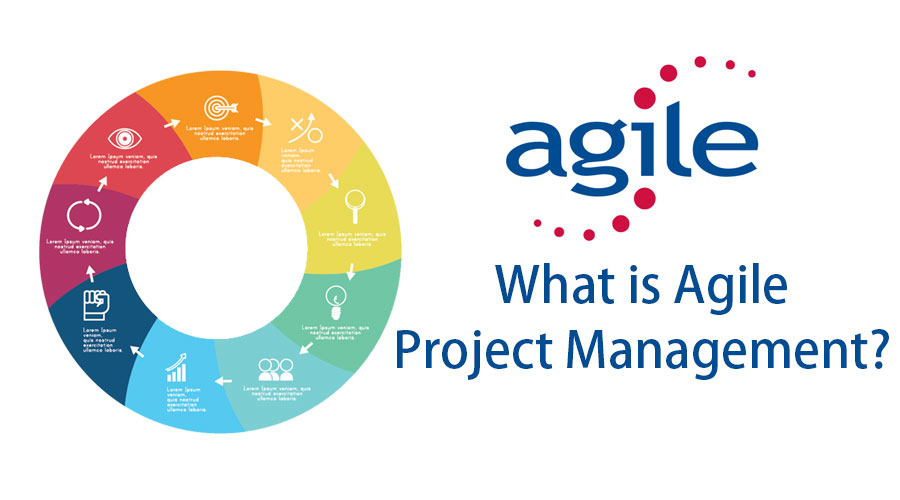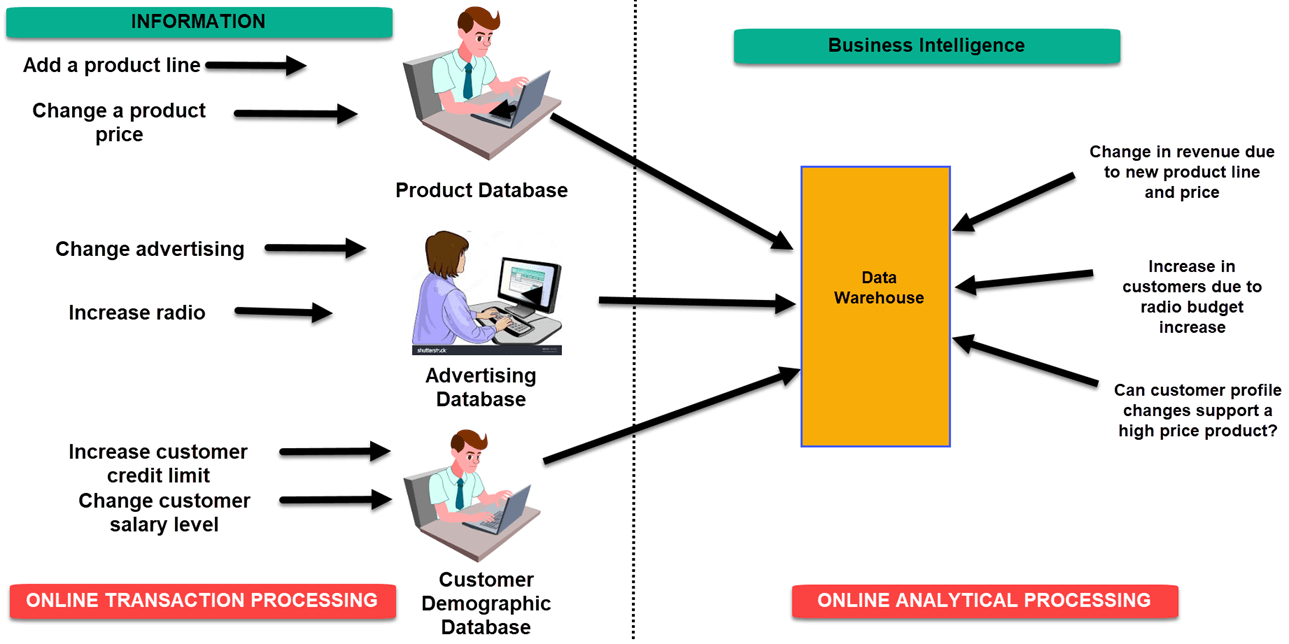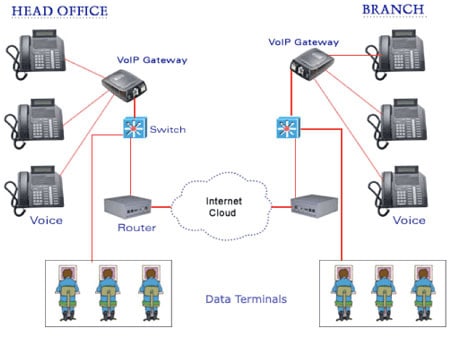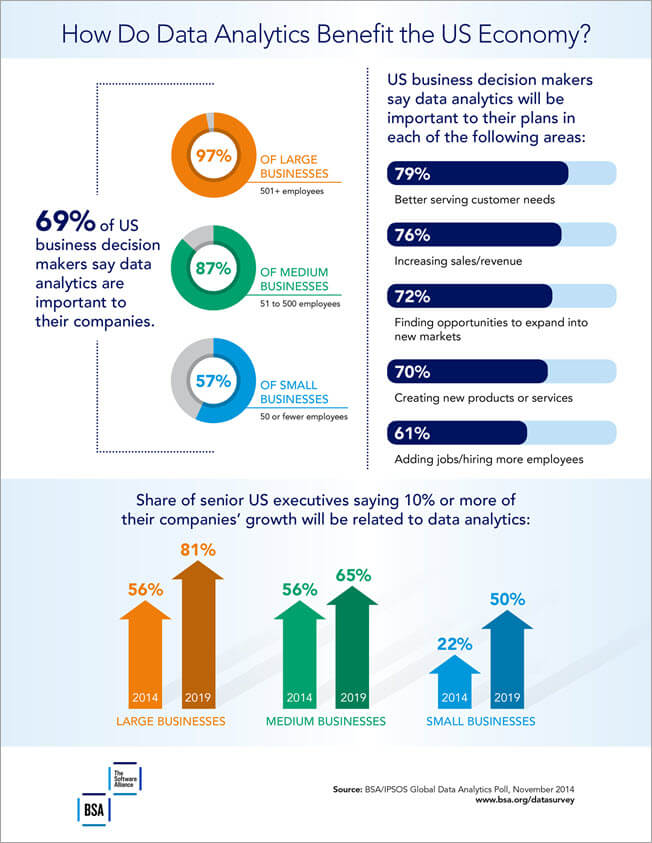Ad Buy Quality Beautiful Trendy 925 Silver Jewelry Shipped from our Thailand Factory and Save. A global supply chain definition is pretty straightforward.
 Supply Chain Management 2 0 Definition
Supply Chain Management 2 0 Definition
Known as the backbone of global trade supply chain logistics is a network of transportation warehousing and inventory.

Supply chain definition. We look upstream to our suppliers and their supply of raw materials or components into our own organisations supply chain. A supply chain is a focus on the core activities within our organisation required to convert raw materials or component parts through to finished products or services. Your Satisfaction is Guaranteed.
It is the worldwide system that a business uses to produce products or services. Supply-chain management is the management of such a chain. The supply chain is the whole network of entities that participate in getting a product from its origin to a customer.
Is a Supply Chain analytical approach utilising activity based cost techniques that identifies the costs of servicing specific customers with specific products by allocating costs to customers products and channels. Supply chain management is the management of the flow of goods and services as well as overseeing the processes that convert original materials into final products. The system of people and things that are involved in getting a product from the place where it.
For Re-sellers Wholesale Buyers Only. From the purchase of materials from the supplier to the delivery of the finished product to the userthe final. Supply chain management SCM is the process and activitity of sourcing the raw materials or components an enterprise needs to create a product or service and deliver that product or service to.
A Definition of Supply Chain Logistics Because so many organizations make up a supply chain the logistics involved in getting products and services into the hands of the consumer can be mindboggling. The supply chain starts with extracting the raw material and goes all the way to delivering the finished product to the consumer. It consists of all the processes that are involved in the life cycle of material in the organization from raw material to the final product and delivery to the customer.
Supply chain management SCM is the active management of supply chain activities to maximize customer value and achieve a sustainable competitive advantage. Supply chain management is the heart of every organization. A supply chain is a network between a company and its suppliers to produce and distribute a specific product to the final buyer.
Material or product flow includes all items related to the physical movement and storage of the incoming materials and outgoing products. It represents a conscious effort by the supply chain firms to develop and run supply chains in the most effective. A supply chain as opposed to supply-chain management is a set of organizations directly linked by one or more upstream and downstream flows of products services finances or information from a source to a customer.
For Re-sellers Wholesale Buyers Only. The term Supply chain can be defined as the sequence of processes involved in the production and distribution of a commodity and it is generally said to concern the management of 3 main flows. The effectiveness of supply chain management plays an essential role in the success of every business.
A supply chain in view of the above supply chain management definition comprises a. Your Satisfaction is Guaranteed. Ad Buy Quality Beautiful Trendy 925 Silver Jewelry Shipped from our Thailand Factory and Save.
A supply chain is the management of a network which is used to deliver products and services from the raw-material to the customers through physical distribution flow of information and cash. The supply chain is the network that includes all the individuals organizations resources activities and technologies involved in the creation and sale of a product. Supply chain management is the handling of the entire production flow of a good or service starting from the raw components all the way to delivering the final product to the consumer.
That sounds simple enough yet a global supply chain can be anything but. What Is a Supply Chain.



:max_bytes(150000):strip_icc()/what-is-transformational-leadership-2795313_color1-5be9922046e0fb0026455896.png)













